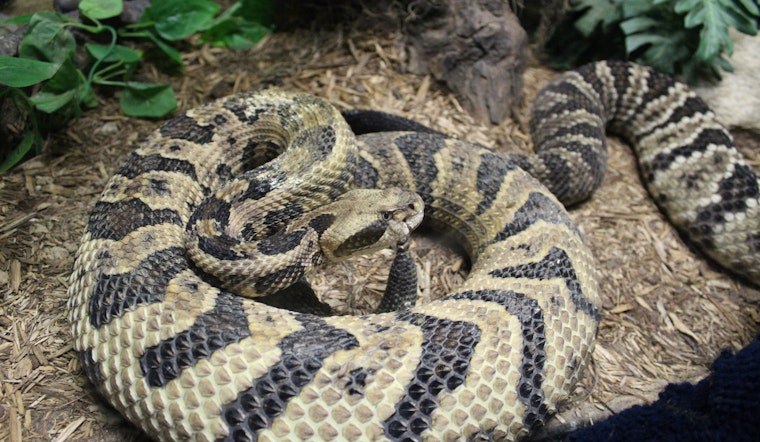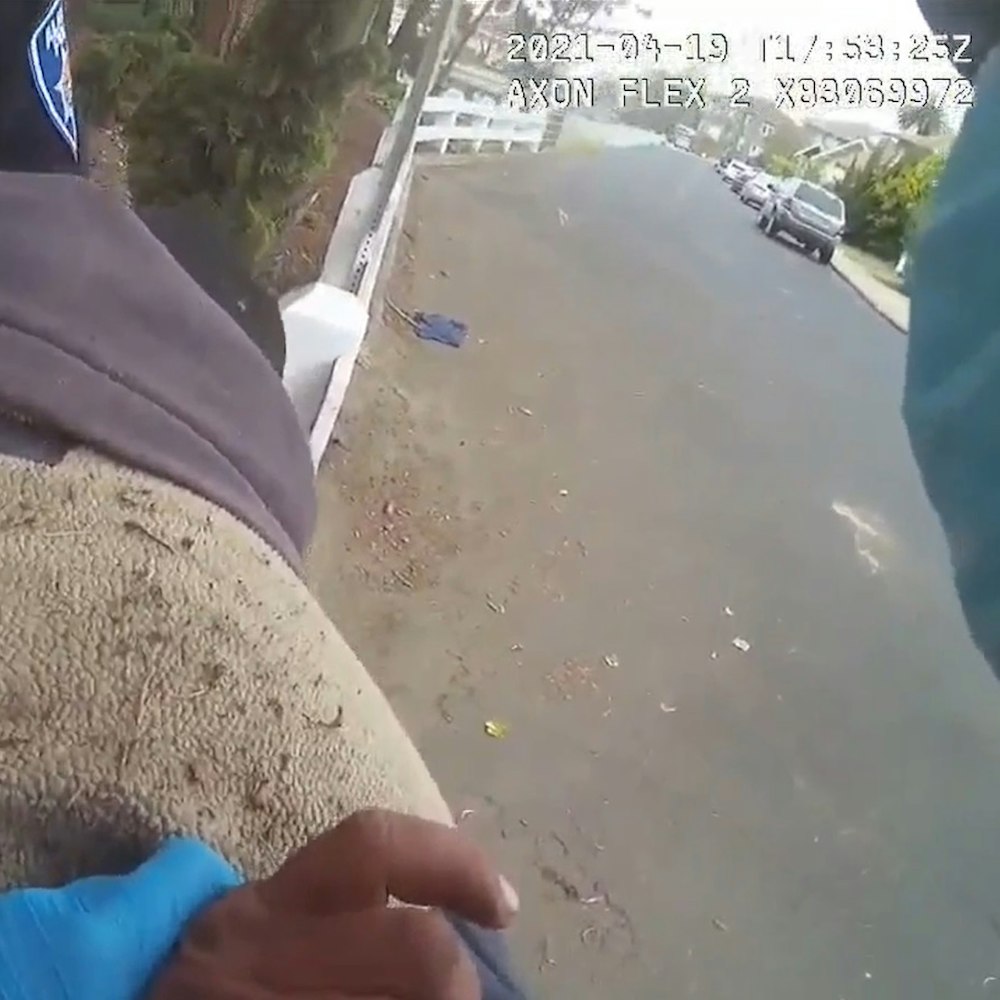
A 7-year-old boy was recently airlifted to a hospital after showing symptoms suggestive of a rattlesnake bite while on a trail at Mt. Diablo State Park, according to the San Francisco Chronicle. The child was reportedly running on the Bruce Lee Spring Trail when he suddenly felt a painful sting in his lower leg but did not see the snake. Afterward, the boy's symptoms, including swelling in various places and not feeling normal, led authorities to believe the bite was from a rattlesnake.
Beware of rattlesnakes!! A 7 year old boy is recovering after getting bitten while hiking at Mt Diablo State Park with his family yesterday. He had to be airlifted to the hospital. Park rangers say now that the weather is warm, snake are out in force! pic.twitter.com/yppXrWn5Za
— Jodi Hernandez (@JodiHernandezTV) June 8, 2023
The boy's mother promptly carried him to a nearby parking lot on the north side of the park, where Mount Diablo supervising state park ranger Cameron Morrison and other first responders met them. The California Highway Patrol helicopter transported the boy to John Muir Medical Center in Walnut Creek for treatment. Thanks to the mother's swift actions and the boy remaining calm, he was in stable condition when taken by helicopter, as reported by NBC Bay Area.
Morrison explained that rattlesnakes, especially the northern Pacific rattlesnake, are prevalent in East Bay foothills but typically do not pose a significant threat to visitors. They are not aggressive by nature and usually only bite when provoked, cornered, or threatened. However, with the arrival of warmer temperatures, rattlesnakes are coming out of hiding and making their presence known on trails, warranting extra caution from hikers.
When out on trails, hikers should always be mindful of their surroundings and watch where they step, Morrison advised. He further noted that rattlesnakes often hide in protected spaces like the corner of a rock or underneath a downed tree. If someone encounters a rattlesnake, they should give it adequate space and either wait for it to move or find a way around it. The key is to be aware and let the snake be.
For those who end up experiencing a rattlesnake bite, staying calm is paramount. An elevated heart rate can quickly spread the venom throughout the body, making it even more dangerous. Hikers should familiarize themselves with the guidelines provided by the California Department of Fish and Wildlife on how to handle a rattlesnake bite. Among their recommendations, affected individuals should remove any constricting clothing items and head to the nearest medical facility as soon as possible. It is advised against applying tourniquets or ice to the wound and attempting to cut out the wound or suck out the venom.
The 7-year-old boy's condition is stable.









